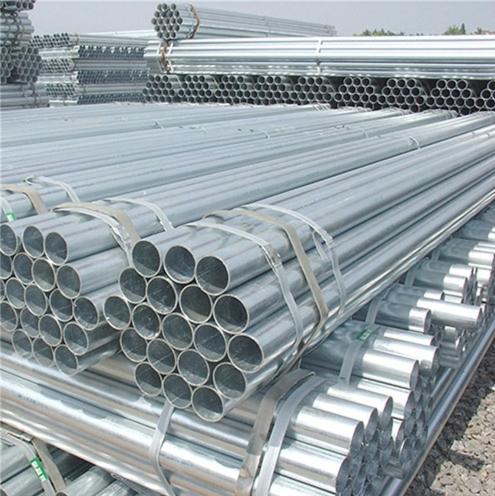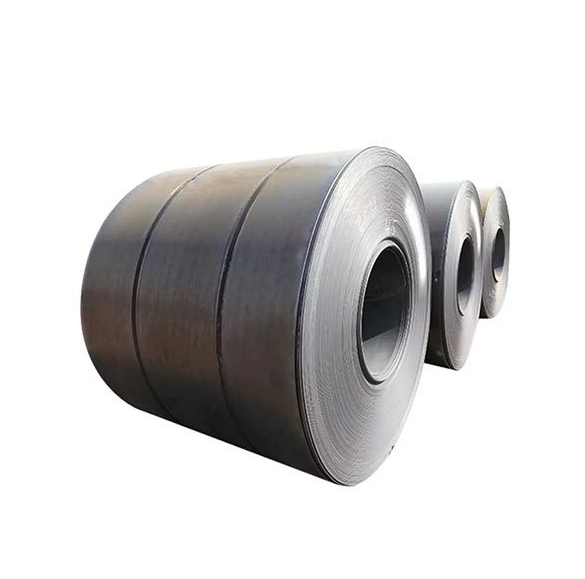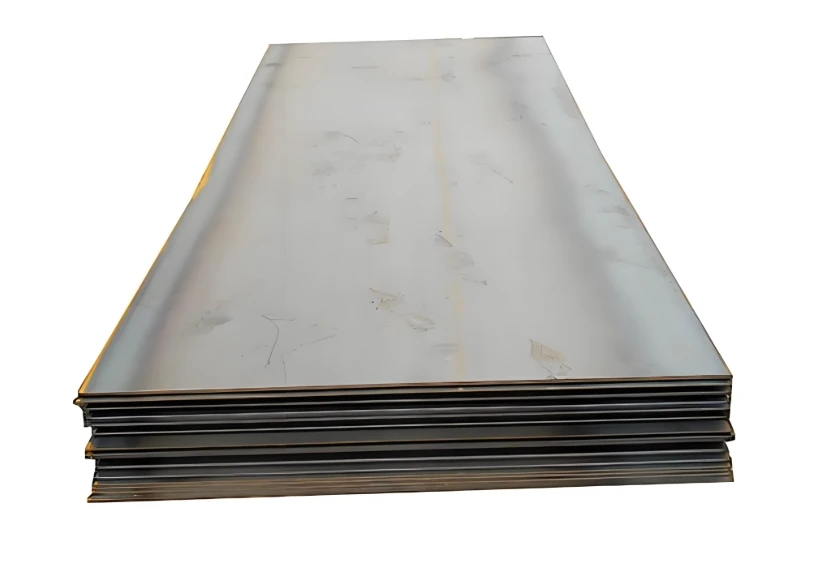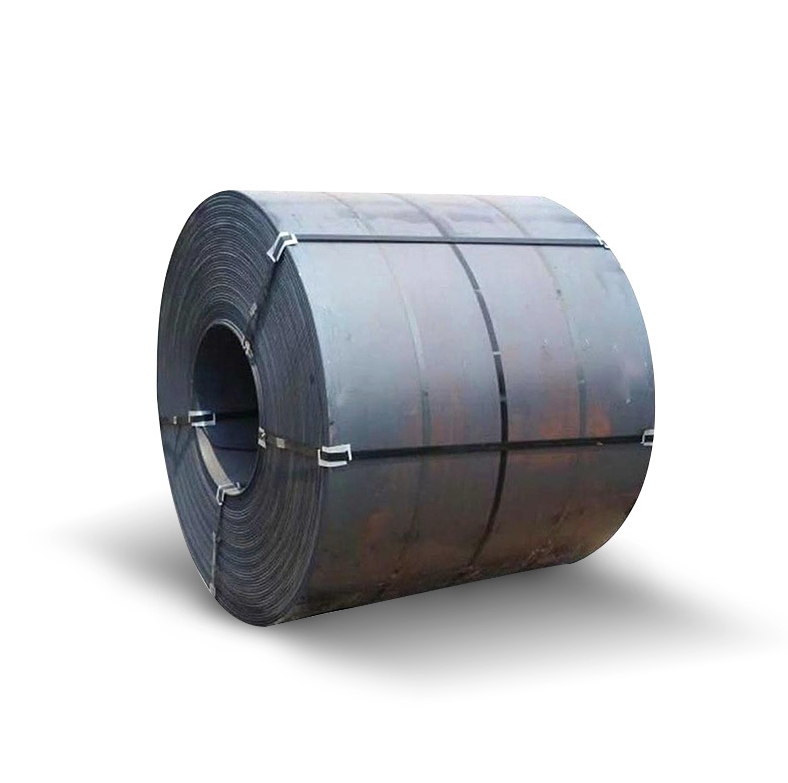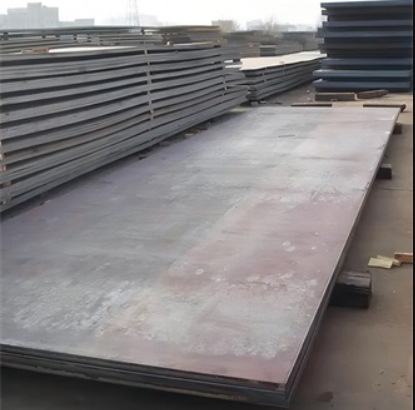In materials engineering contexts, black pipe (black‑iron, uncoated steel) and galvanized pipe (zinc‑coated steel) serve distinct roles. We compare black pipe and galvanized pipe. Both are forms of carbon steel pipe. Black pipe bears an iron oxide finish. Galvanized pipe gets hot‑dip galvanization—zinc‑coated pipe for corrosion resistance.
What Is Black Pipe?
Black pipe is mild carbon‑steel pipe produced with an iron‑oxide surface layer formed in the mill. No zinc coating is applied. Typically used for high‑pressure gas and fire‑sprinkler systems. Strength is high; corrosion resistance low. It handles natural gas and propane lines indoors and in fire systems.
What Is Galvanized Pipe?
Galvanized pipe is identical carbon‑steel core but coated in a thick zinc layer (hot‑dip or electro‑galvanized). That zinc layer provides sacrificial cathodic protection and superior corrosion resistance. Used extensively in potable water plumbing, exterior applications and older building installations.
Industry Standards
We reference ASTM A53—the standard covering both black and hot‑dip galvanized steel pipe in sizes NPS 1/8 to 26 (DN 6–650) for mechanical, pressure, steam, water, gas and air piping. This high‑reliability standard ensures consistent wall thickness, material properties and testing.
Mechanical Strength & Durability
Black pipe generally exhibits higher tensile and yield strength (≈60 000 psi) and better impact resistance than galvanized (≈50 000 psi), because the zinc layer adds weight and can be brittle under impact. But black is vulnerable to corrosion. Galvanized offers better durability in moist environments—typical service life 40–70 years vs 30–50 years for black in similar conditions.
Corrosion Resistance & Environmental Factors
Zinc coating resists oxidation and provides galvanic protection even if scratched [turn0search25]. Black pipe lacks that and rusts rapidly in humid or chemical‑laden environments. Soil‑buried galvanized pipe performs better in corrosive soils. Black pipe is acceptable only in dry, indoor or well‑protected zones.
Applications & Use Cases
Black pipe: natural gas, propane, fire‑sprinkler systems, compressed air. Approved by gas codes; welding is straightforward since no zinc. Not recommended for potable water, since rust and iron oxide accumulate.
Galvanized pipe: potable water supply, outdoor plumbing, scaffolding, irrigation, legacy systems. Zinc coating prevents sediment and metallic taste in water. Not recommended for gas lines due to zinc flakes clogging regulators.
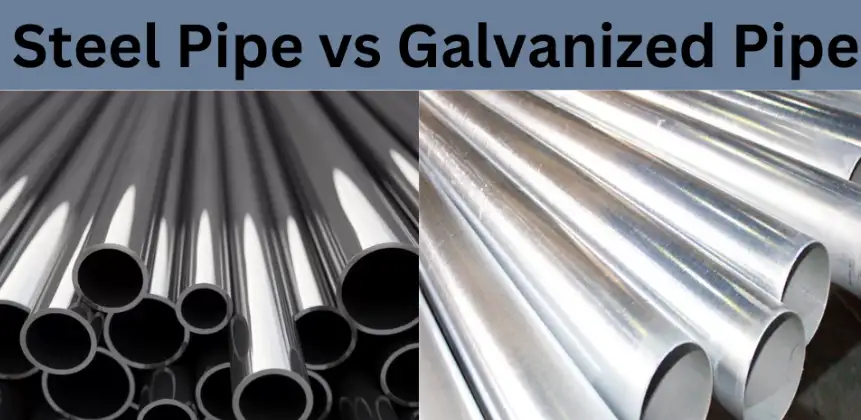
Cost Analysis & Life‑Cycle Economics
Black pipe is significantly cheaper to purchase and install. Galvanizing adds cost, but service life and lower replacement frequency can make it more economical over decades. A life‑cycle perspective often favours galvanized in wet or corrosive environments, whereas black pipe serves well indoors or gas service purely for short to mid‑term cost‑sensitive projects.
Welding, Threading & Installation Considerations
Black pipe welding or threading is simpler because no zinc layer to burn off. With galvanized, welders must remove zinc near joints to avoid toxic fumes (zinc oxide) and poor welds. Threads require care to avoid galvanic issues if connecting black to galvanized pipes without dielectric fittings.
Installation Risks & Safety
Using galvanized for gas is a safety hazard: zinc reacts with gas and may flake off, clogging regulators or burners. Building codes typically prohibit galvanized in gas lines. Black pipe is code‑approved for gas when painted or strapped per installation standards. Mixing black and galvanized without insulating fittings risks galvanic corrosion accelerating zinc loss.
Metallurgical & Flow Considerations
Surface roughness impacts hydraulic friction: galvanized steel is smoother (roughness ≈0.15 mm) than black iron’s typical roughness ≈0.05 mm. That affects flow calculations in HVAC and water mains. Over time build‑up in galvanized lines may restrict water flow if not flushed occasionally.
Comparative Table
| Feature | Black Pipe | Galvanized Pipe |
|---|---|---|
| Coating | None (oxidized surface) | Zinc layer (hot‑dip or electrogalvanized) |
| Corrosion Resistance | Low | High |
| Tensile Strength | ~60,000 psi | ~50,000 psi |
| Typical Uses | Gas, fire sprinkler, compressed air | Water plumbing, scaffolding, irrigation |
| Suitability for potable water | No | Yes |
| Gas line suitability | Yes | No |
| Cost | Lower up‑front | Higher due to coating |
| Service Life | ~30–50 years | ~40–70 years |
| Welding Thread Concerns | Simple | Must remove zinc to weld |
| Mixing Compatibility | Risk galvanic corrosion if mixed | Requires dielectric fitting to mix |
Case Study
In one study (2023 retrofit, mid‑rise apartments), galvanized pipes lasted ~50 years but suffered restricted water flow due to mineral buildup. Switching water lines to PEX but retaining black pipe for gas reduced maintenance calls by 40 % within a year. Meanwhile, American Galvanizers Association estimates galvanized piping lifespan of 40–50 years depending on environment.
Transition & Connection Between Types
Mixing types requires dielectric unions or insulating bushings to avoid galvanic corrosion. Excessive rust (>15 % surface rust) on black pipe or consistent white rust (zinc oxide) bulging on galvanized pipes are signs indicating replacement.
Summary & Recommendation
If your project handles gas or high‑pressure air indoors, black pipe offers superior strength and is cost‑efficient. If potable water, outdoor structures, or exposure to moisture are involved, galvanized pipe’s corrosion resistance makes it the better long‑term choice. Lifecycle cost and environment are key deciding factors.
FAQs
-
Can black pipe be used for potable water?
No. Black pipe corrodes quickly in moist water service and may introduce rust and scale into drinking supply. -
Is galvanized pipe safe for gas lines?
Usually not. Zinc can flake in gas systems, clogging regulators and posing safety issues. Codes often prohibit it. -
How long does galvanized pipe typically last?
In non‑acidic, dry or underground use its lifespan can reach 40–70 years. Black pipe under dry conditions lasts about 30–50 years [turn0search14][turn0search25]. -
Can black and galvanized pipe be connected directly?
They should not. Direct contact causes galvanic corrosion. Use dielectric unions or insulating fittings if mixing is unavoidable. -
Which pipe costs more over its useful life?
Though galvanized has a higher purchase cost, in corrosive settings its longer service life usually offsets additional expense.
Official References
- ASTM A53 standard specification for black and hot‑dip galvanized steel pipe
- Galvanization process and corrosion protection details
- Piping and plumbing fitting: black iron for gas, corrosion issues
- Pipe (fluid conveyance): applications of steel pipe for gas, water, HVAC
- Ductile iron pipe lifespan and corrosion mitigation methods



